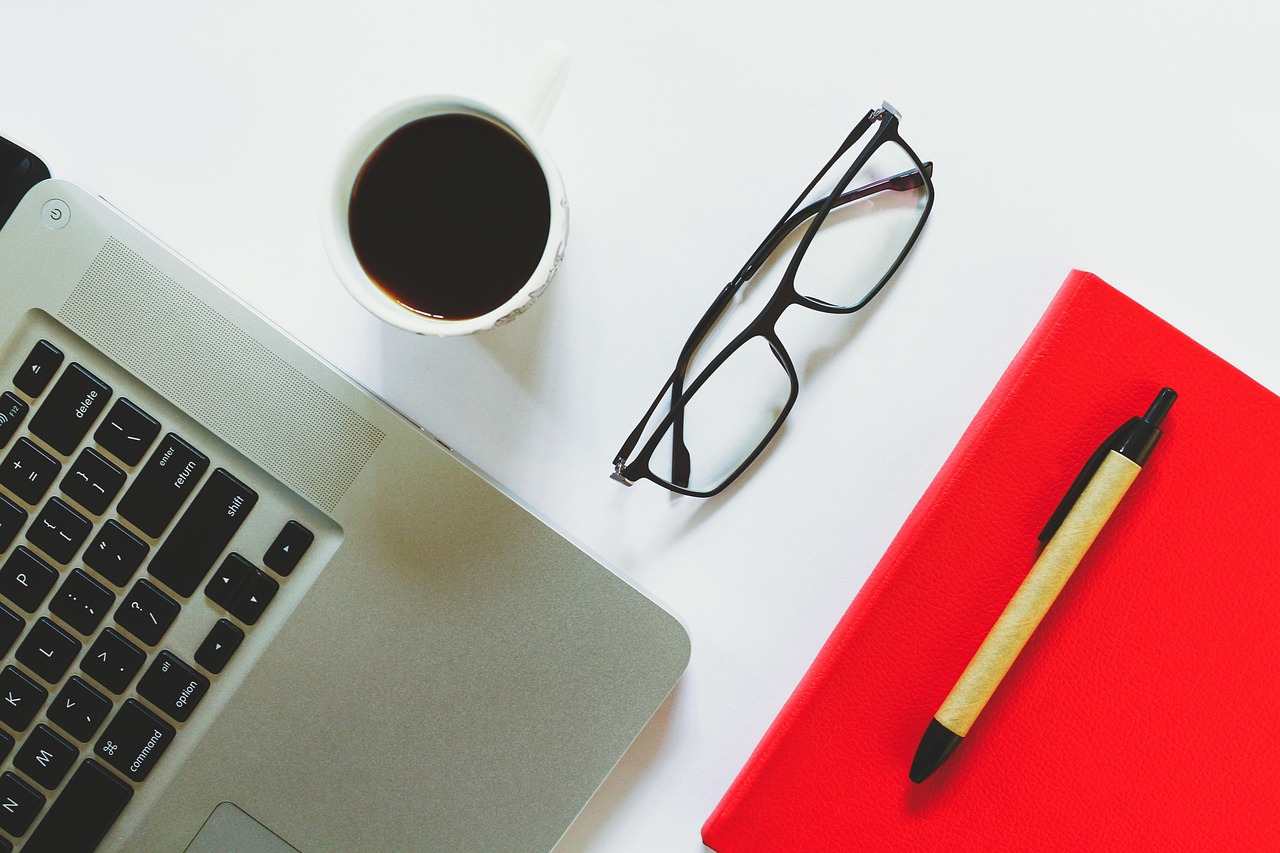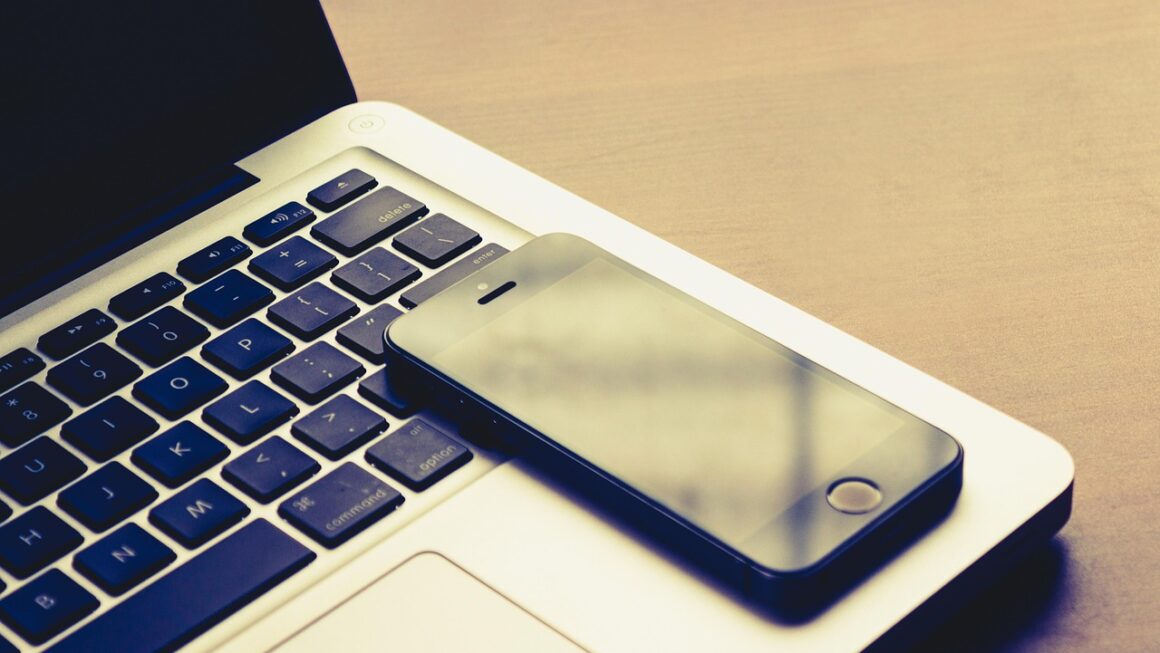The world of image creation is being revolutionized by Artificial Intelligence (AI). Gone are the days of solely relying on expensive software and intricate design skills to produce stunning visuals. AI image tools are democratizing creativity, offering anyone the ability to generate unique images from simple text prompts, edit existing photos with unprecedented precision, and even enhance low-resolution images to crystal-clear quality. This blog post will delve into the fascinating world of AI image tools, exploring their capabilities, benefits, and practical applications for various industries.
Understanding AI Image Generation
What is AI Image Generation?
AI image generation, also known as text-to-image synthesis, is a process where artificial intelligence algorithms, typically deep learning models, create images based on textual descriptions or other input data. These models are trained on vast datasets of images and their corresponding text captions, allowing them to learn the relationship between words and visual concepts. When prompted with a specific text description, the AI model can generate a new image that reflects the described scene, object, or style.
- Deep Learning: The core technology behind most AI image generators.
- Text-to-Image: Converts text descriptions into visual representations.
- Generative Adversarial Networks (GANs): A common architecture used in AI image generation, involving two neural networks (a generator and a discriminator) competing against each other to produce increasingly realistic images.
- Diffusion Models: Another popular architecture that iteratively refines an image from random noise, producing high-quality results.
Popular AI Image Generation Tools
Several AI image generation tools have gained popularity, each with its strengths and unique features:
- DALL-E 2 (OpenAI): Known for its ability to generate highly realistic and imaginative images from text prompts. It also allows for image editing and variations.
- Midjourney: Accessible through Discord, Midjourney excels at creating artistic and visually stunning images. It’s particularly favored by artists and designers.
- Stable Diffusion: An open-source AI image generator, offering greater flexibility and customization options. Users can run it locally or use online services.
- Craiyon (formerly DALL-E mini): A free and accessible option, although the image quality is generally lower compared to other tools. Great for experimentation and quick concepts.
- Example: Imagine you want an image of “a corgi riding a unicorn in a cyberpunk city.” Simply inputting this prompt into one of these tools will generate a variety of unique and often surprising results.
Use Cases for AI Image Generation
The applications of AI image generation are vast and span across numerous industries:
- Marketing & Advertising: Generating eye-catching visuals for campaigns, social media posts, and website content.
- Design & Art: Creating concept art, prototyping designs, and exploring new artistic styles.
- E-commerce: Generating product images, lifestyle photos, and visual aids for online stores.
- Gaming: Creating textures, environments, and character designs for video games.
- Education: Visualizing complex concepts and creating engaging educational materials.
AI Image Editing and Enhancement
AI-Powered Photo Editing Features
Beyond generating images from scratch, AI is also revolutionizing photo editing with powerful features that simplify complex tasks:
- Object Removal: Effortlessly remove unwanted objects or distractions from photos.
- Background Replacement: Change or blur backgrounds to create professional-looking portraits or product photos.
- Style Transfer: Apply the artistic style of one image to another, transforming photos into paintings or drawings.
- Colorization: Breathe new life into old black and white photos by automatically adding realistic colors.
- Content-Aware Fill: Seamlessly fill in missing or damaged areas of an image, using AI to intelligently predict the surrounding content.
- Example: Removing a tourist from a landscape photo or changing the background of a product shot to match your brand’s aesthetic.
AI Image Upscaling and Resolution Enhancement
One of the most impressive applications of AI in image editing is its ability to enhance the resolution of low-quality images:
- Super-Resolution: AI algorithms can analyze low-resolution images and intelligently add details to create higher-resolution versions, without introducing artifacts or blurring.
- Noise Reduction: AI can effectively remove noise and grain from images, improving clarity and sharpness.
- Face Enhancement: Specialized AI models can enhance the details of faces in photos, improving skin texture and clarity.
- Example: Taking an old, blurry family photo and using AI to restore it to a clear and detailed image. This is incredibly valuable for preserving memories.
Popular AI Image Editing Tools
- Adobe Photoshop (AI features): Adobe is integrating AI features like Neural Filters and Content-Aware Fill into Photoshop, enhancing its editing capabilities.
- Luminar AI: A dedicated AI-powered photo editor, offering a range of smart features for quick and easy photo enhancements.
- Topaz Photo AI: Specializes in AI-powered noise reduction, sharpening, and upscaling.
- Remini: A mobile app focused on enhancing old or blurry photos, particularly portraits.
The Benefits of Using AI Image Tools
The adoption of AI image tools offers a wide range of benefits for both individuals and businesses:
- Increased Efficiency: Automate repetitive tasks and speed up the image creation and editing process.
- Cost Savings: Reduce reliance on expensive software and skilled designers.
- Enhanced Creativity: Explore new artistic styles and generate unique and imaginative visuals.
- Improved Image Quality: Enhance low-resolution images and improve the overall quality of photos.
- Accessibility: Democratize creativity by making powerful image editing tools accessible to everyone, regardless of their skill level.
- Faster Prototyping: Quickly generate visual concepts and prototypes for design projects.
Considerations and Limitations
While AI image tools offer many advantages, it’s important to be aware of their limitations:
- Ethical Concerns: The potential for misuse, such as creating deepfakes or spreading misinformation, raises ethical concerns.
- Bias in AI Models: AI models are trained on data, and if that data contains biases, the AI will likely perpetuate those biases in the images it generates.
- Copyright Issues: The ownership of AI-generated images can be complex, especially when using copyrighted material in the prompts.
- Quality Limitations: While AI image generation has improved significantly, it can still produce artifacts or unrealistic results in certain cases.
- Dependency on Data:* The quality of AI-generated images depends heavily on the quality and quantity of data used to train the models.
It’s important to use these tools responsibly and ethically, being mindful of their potential impact.
Conclusion
AI image tools are transforming the way we create, edit, and enhance images. From generating unique visuals from text prompts to improving the quality of existing photos, these tools offer a wide range of benefits for individuals and businesses alike. As AI technology continues to evolve, we can expect even more powerful and sophisticated image tools to emerge, further democratizing creativity and revolutionizing the visual landscape. By understanding the capabilities, benefits, and limitations of AI image tools, we can harness their power to unlock new levels of creativity and productivity.




